What are they looking at? Well, it’s a space ship belonging to a little team you might have heard of recently…The Guardians of the Galaxy!
This is the beginning of the Korvac saga. And one of the many things that makes it great is that it is fully decompressed. Yes, it’s an “all hands on deck” moment, but there are lots of side-stories and unrelated adventures along the way.
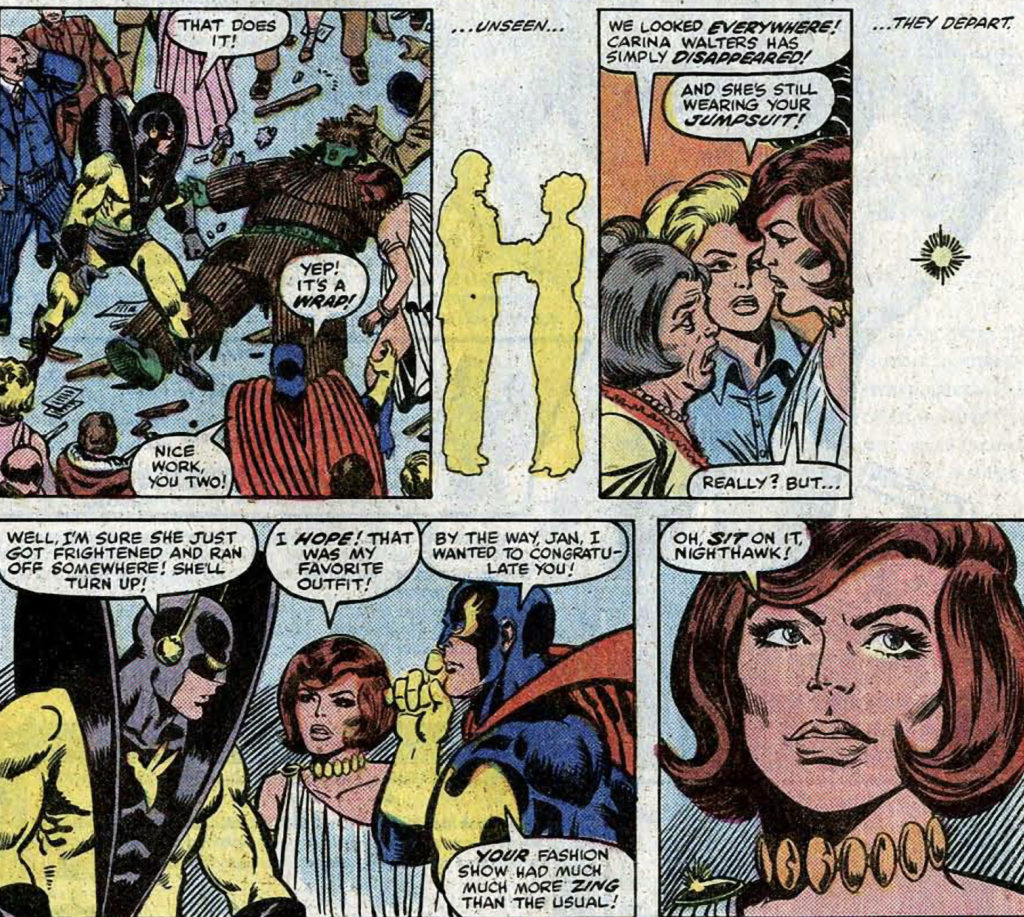
Like Nighthawk guest starring to help Wasp subdue Porcupine, when he crashes one of her fashion shows.
I’d like to say issue #169 is also an intentional side-story contributing to the slow burn of the Korvac threat, but I’m pretty sure it’s just plain old inventory filler (by Marv Wolfman and Sal Buscema). Let’s not talk about it.
There’s lots of exposition. We are given Korvac’s background in the first few issues, some of which we’ve seen before and some we haven’t, as narrated by the Guardians. Technically, the character began lurking in the pages of The Avengers back in #159, but he was barely in it and we didn’t know who he was. In #167, he’s still an unnamed mystery, but the Guardians’ appear and start to clarify and explain the threat.
In issue #170-171, Jacosta wakes up–summoned by Ultron—in the end and we learn that she is actually a hero. These two issues are A+ comics on their own, but during them and in the ones before them, heroes keep disappearing. Of course as readers we assume it’s Korvac. But it’s not.

And while some disappear, others join. Like Ms. Marvel.
And Hercules and Widow.
And they’re dating. These are two of the biggest sluts in Marvel history. Natasha has banged Avengers like Hawkeye, Daredevil, Hercules, Bucky, and Iron Man. And if it moves, Hercules has either hit it or tried to. Like Widow, She-Hulk, Tigra…Even Northstar (in the future–not yet).
The Ultron story is a set-up for Gyrich being assigned to monitor the team, which Hawkeye learns when he comes back.
Henry Peter Gyrich–the plaid-wearing special agent of the NSC–first appeared in Avengers #165, but all he does there is show his ID and walk around for three panels looking important. This is the first time he meets The Avengers.
And he is not impressed.
Fans of this era remember him well as the first pain-in-the-ass superhero cop to grace the cover of an issue (#211, one of the best issues of all time). He got them to change their lineups, hire black folks (you’ll see that soon), and generally provided a great Colonel Flag to the Avengers’ A-Team.
Cap and Iron Man disagree about having a government minder–expressing early arguments that will, decades later, lead to the Civil War storyline.
Think about it: The arguments are the same. Iron Man is rich and does what he’s told, toes the line, and expects the same. Cap is a selfless hero who believes that duty and honor should be its own reward.
Now, about those disappearing heroes…
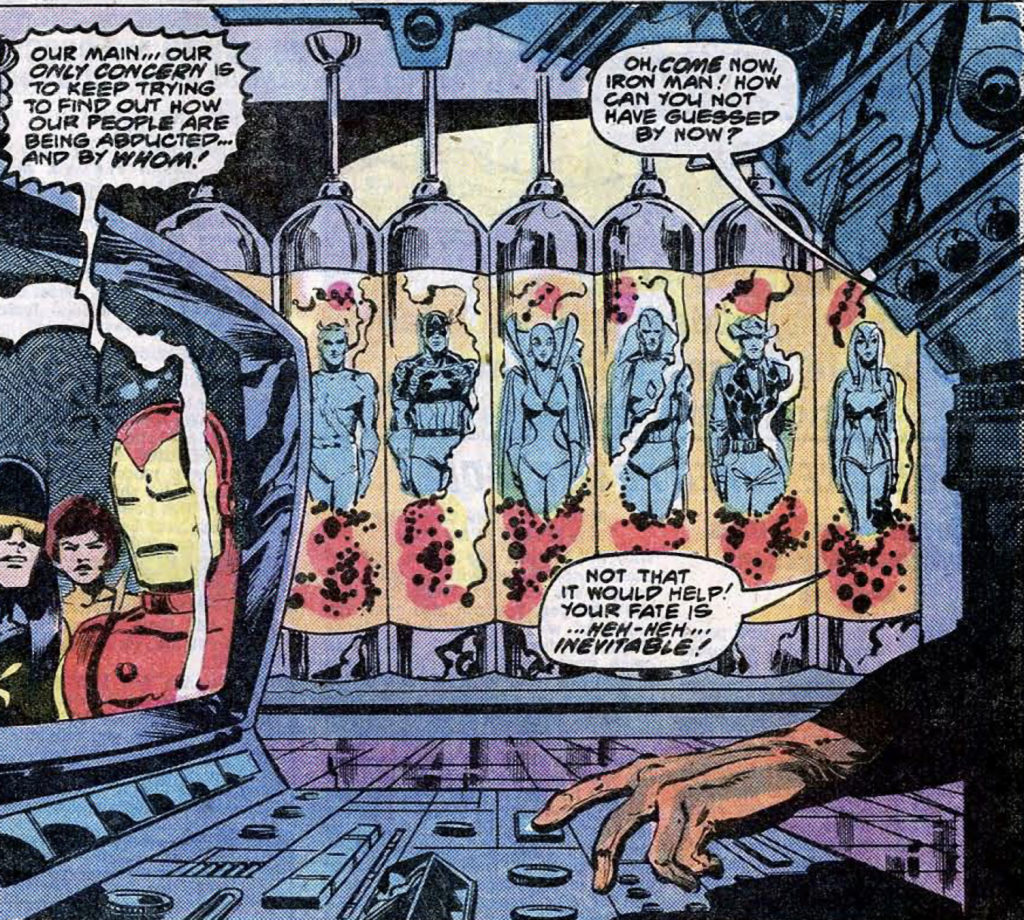
Like I said, it’s not Korvac.

It’s Collector. And that, too, is a full-on adventure that stands alone.
Except at the end, where Collector explains why he was hoarding heroes…
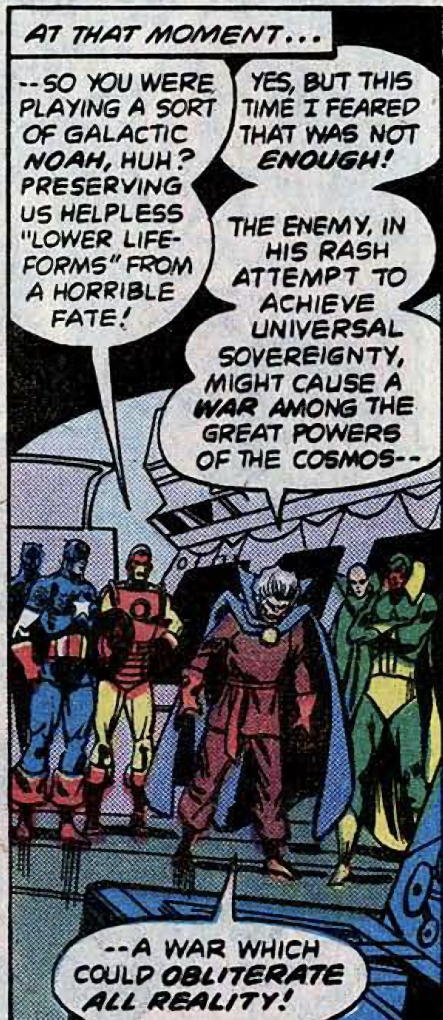
…He was prepping for a major battle, and his daughter is implicated. But before he can tell the whole story…
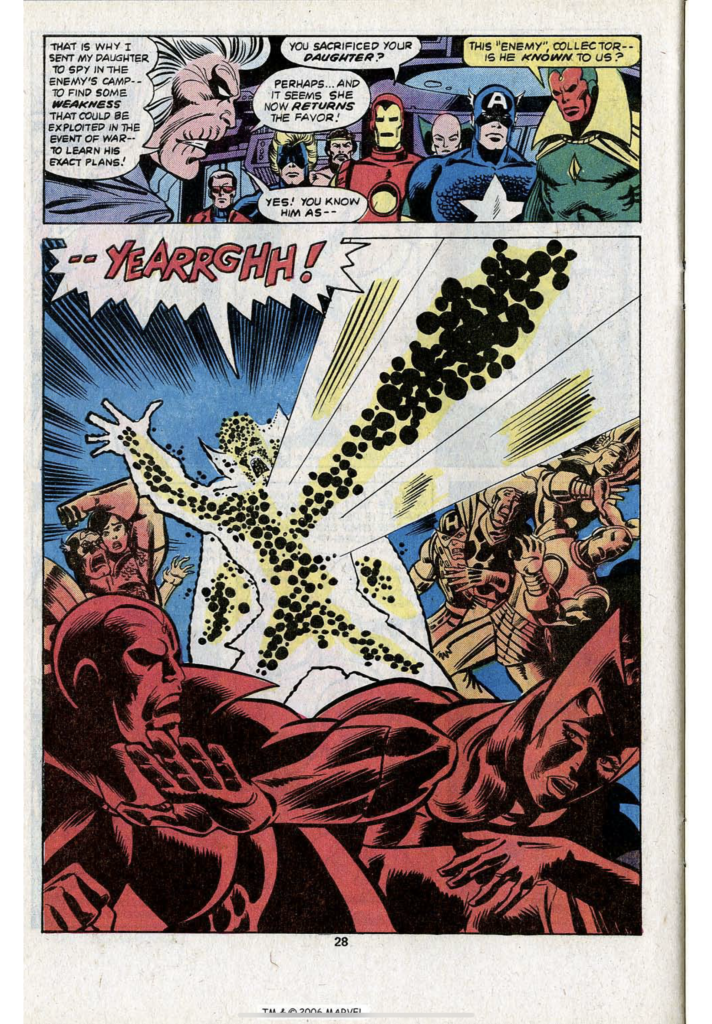
He is killed.
So now things start to make sense. Through it all, we keep seeing Korvac–who has taken the role of a suburban businessman, with a devoted wife.

Who drinks cocoa.
That woman is Collector’s daughter.
Korvac is watching it all, and repeatedly claims to be a puppetmaster, moving characters–especially the Guardians–to where he needs them to be for his ultimate (and not-yet-clear) plan.

Ultimately, The Avengers figure out where he is and hunt him across suburbia.
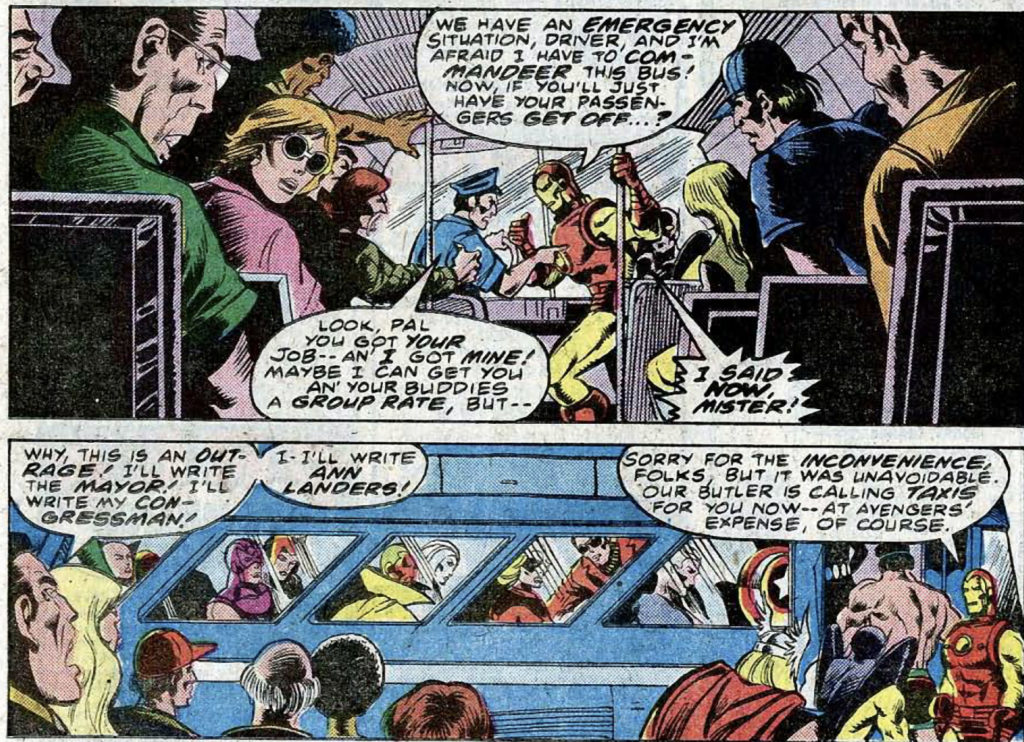
By bus.
That must have been so much fun to draw.
And at last, the big fight.
Almost an entire issue of combat against a God.
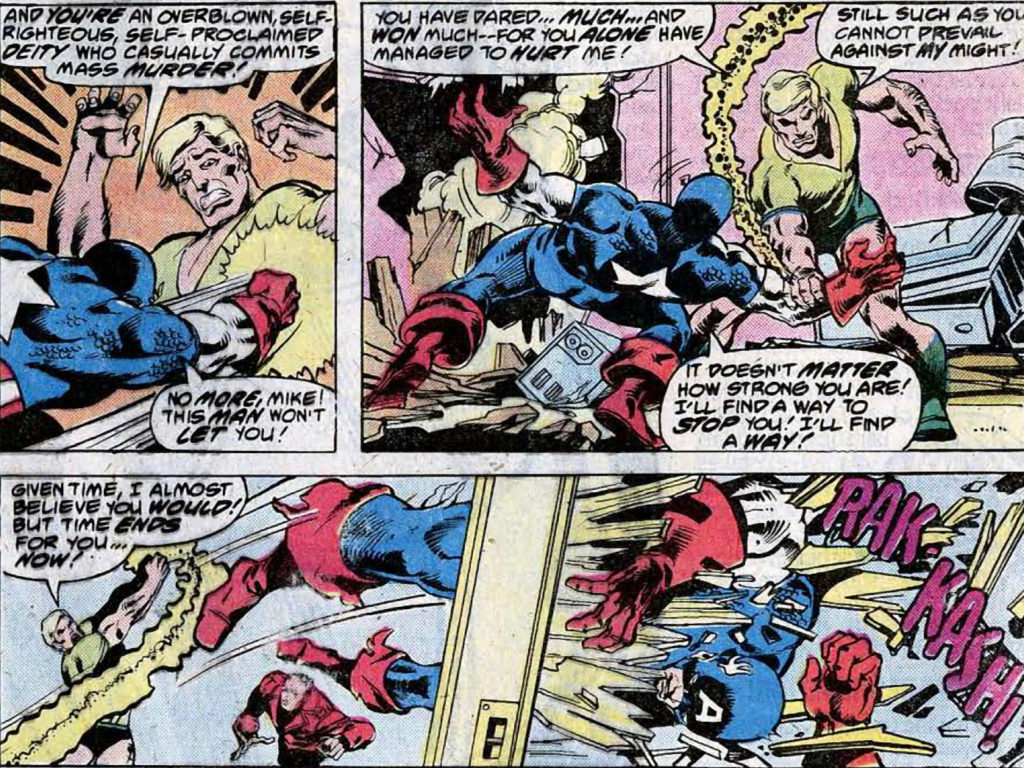
And when all is done, and Korvac and Collector’s daughter are dead, Thor turns to Donald Blake to provide medical assistance to the fallen.

And, for reasons that make sense in-continuity, Moondragon mindwipes them all.
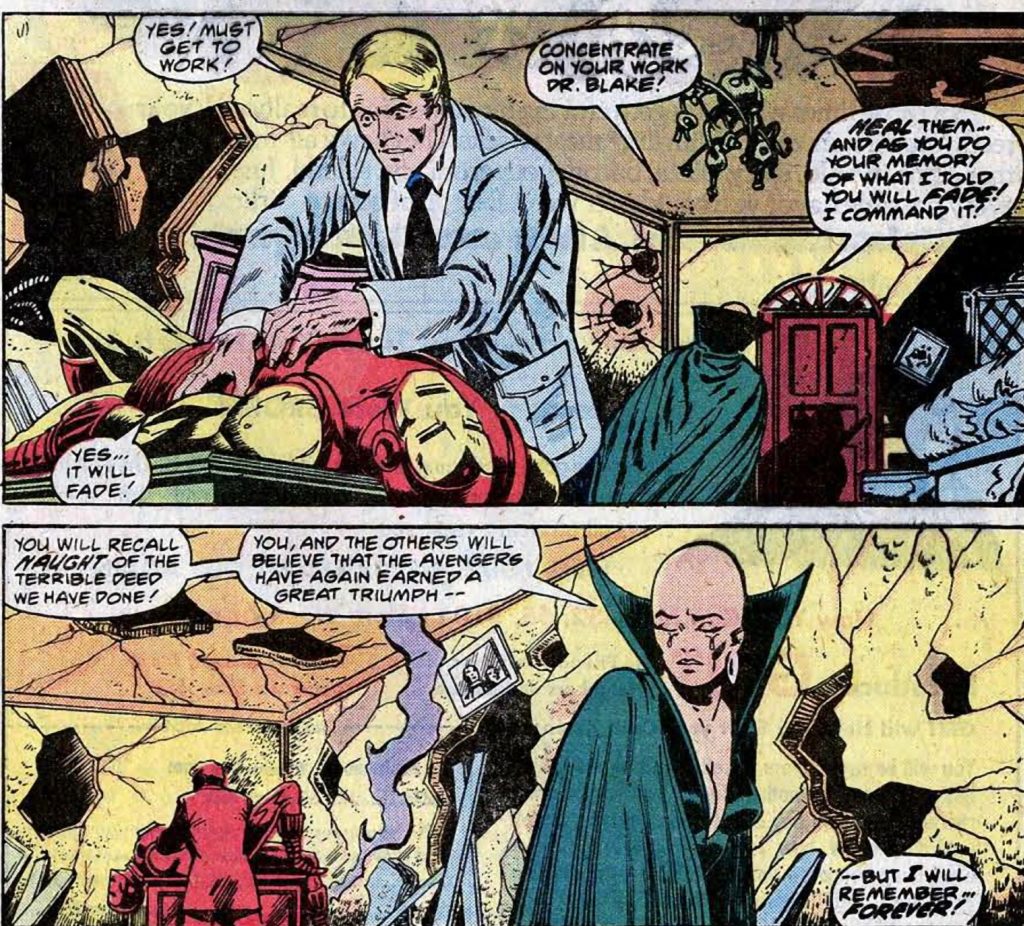
Such a great touch for the conclusion.
There’s also plenty of quieter moments setting up storylines even further in the future–like the truth of Wanda and Pietro’s parentage.

Hawkeye’s got the lame-ass trick arrows. In other Scarlet Witch news, she can’t…
Say what you want about how Jim Shooter treated creators during his run as the boss of Marvel Comics. I think he was responsible for Marvel’s most creatively abundant period: The late 1970s and early 1980s. Then he left, and a slow slog and slide began–I’m not a fan of the Rob Liefeld era–and the company was literally and creatively bankrupt until Joe Quesada arrived to save them all.
It’s interesting that the Korvac saga, which is really just The Avengers trying to find a cosmically-powered being and stop him from destroying the universe, is spit up over a year because there are several other stories told while Korvac is ongoing. Marvel hadn’t really done this kind of thing before, and it seems to have been mostly due to the fact that creators were late getting their pages in. So Jim Shooter, who prided himself on getting his books out on schedule, figured out how to deliver original material, in-continuity, without sacrificing an ongoing story.
Most of the writing and plotting is by Jim Shooter, along with David Michelinie and Bill Mantlo.
The art was a massive undertaking by some of the greats: George Perez (#167-168, 170-171), Sal Buscema and Klaus Janson (#169/172); David Hunt (finishes) (#173); Dave Wenzel (#174-177).


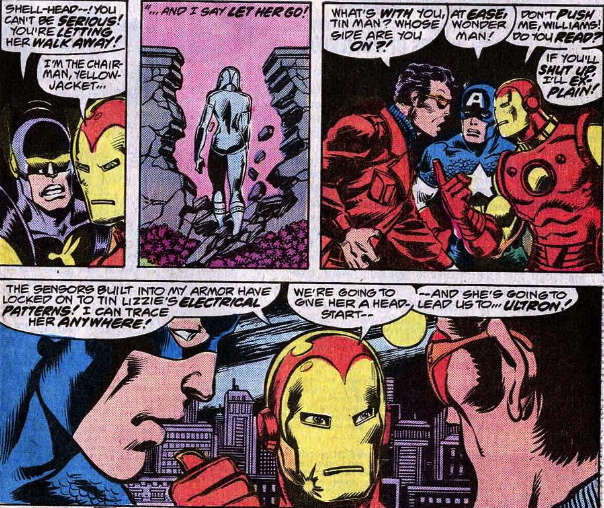
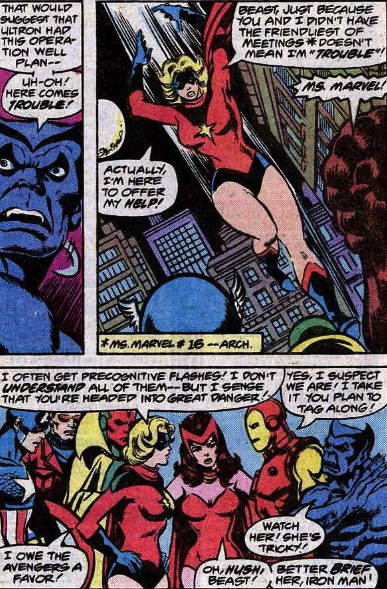
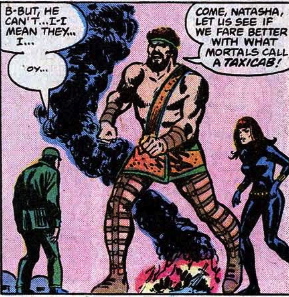
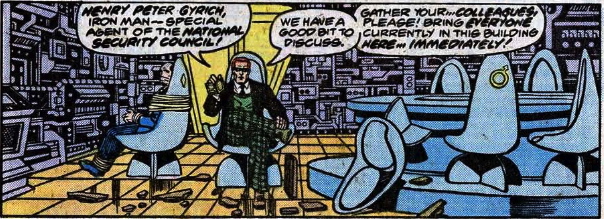




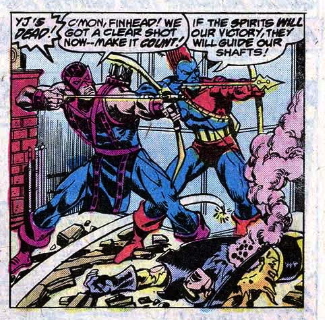

NIce. I guessed ‘Taa II’ before I….well, just kept reading. Looking forward to the new Guardians Series from Now! Peace!